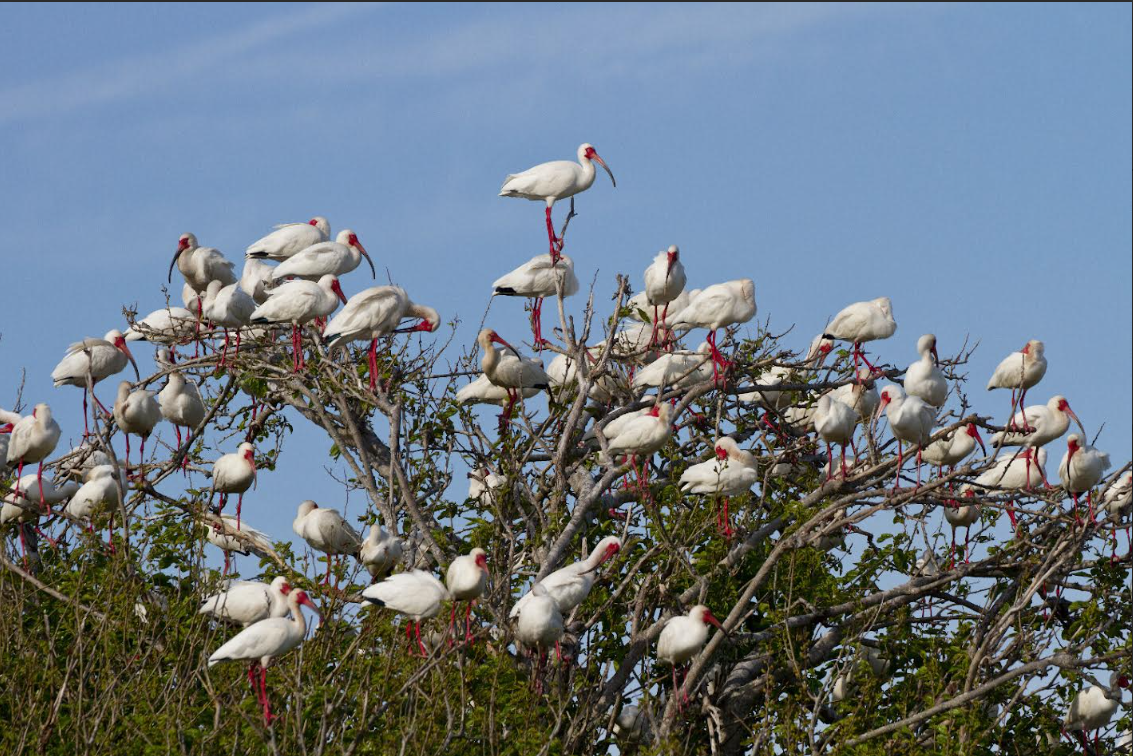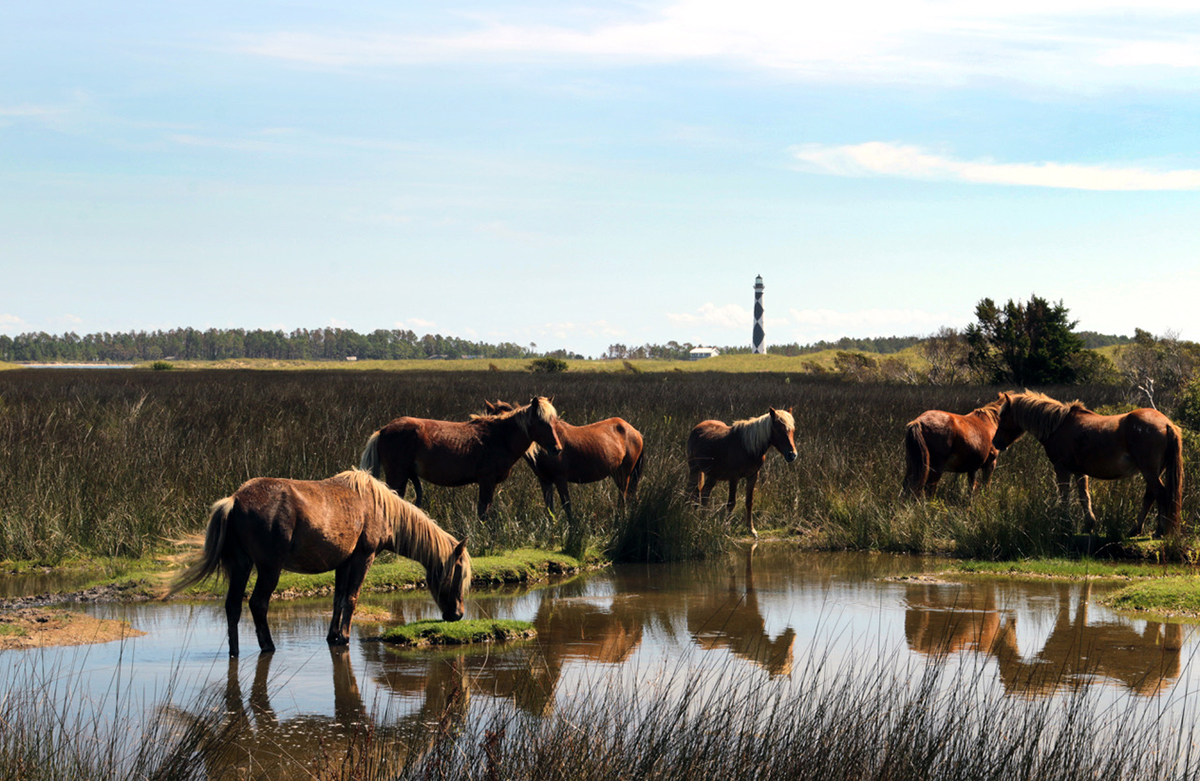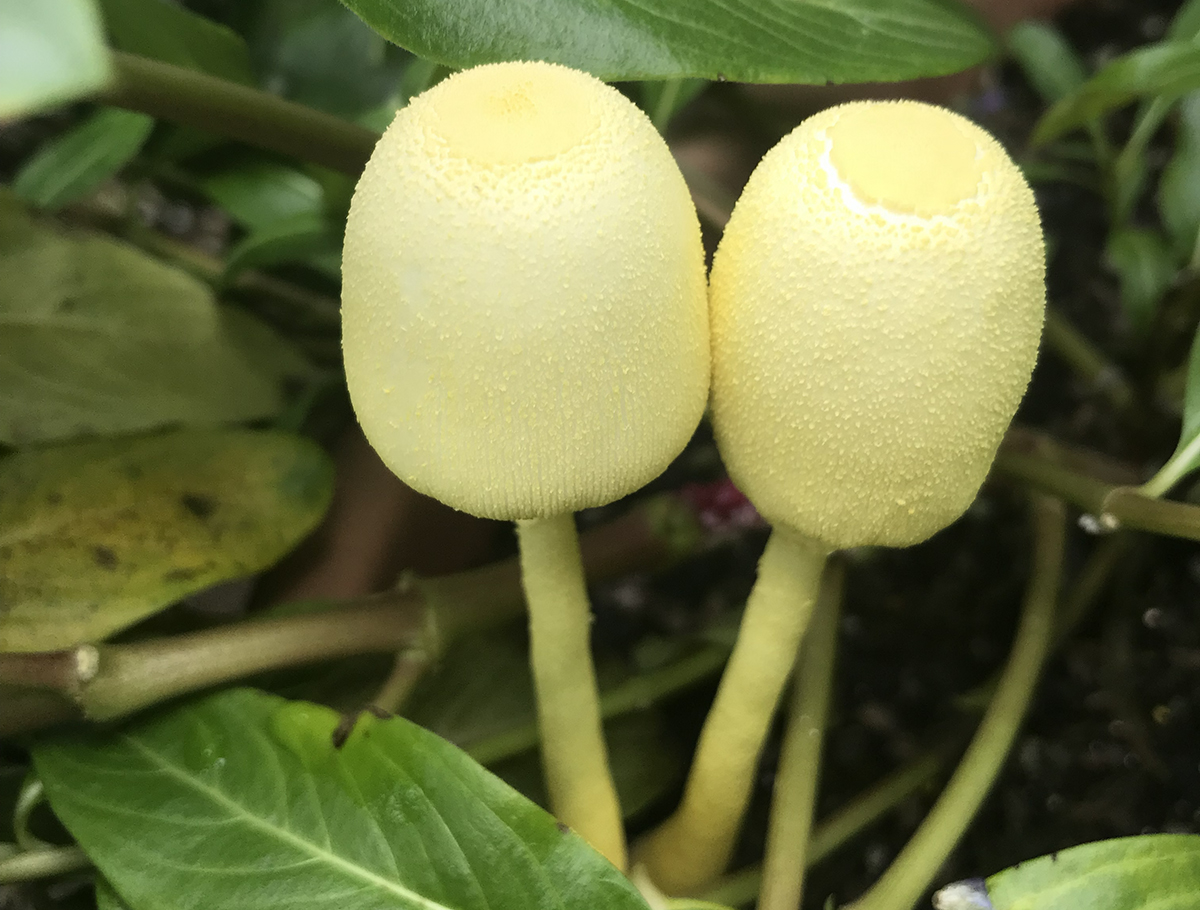
Remember that set of canisters and accouterments your mom or grandma cherished? The one that looked like a gnome mushroom village exploded all over the kitchen?
People love — or hate — toadstools with a passion.
Supporter Spotlight
Toadstools are found pretty much worldwide, and they are important parts of any ecosystem. Mushrooms and toadstools are both fungal fruiting bodies, and there is technically no scientific difference between them. People tend to refer to safely edible varieties as mushrooms, while the ones that can send you on a trip to the hospital — or on a trip to meet your maker — as toadstools.
The distinction is purely in how the fungi are perceived.
How do you tell which is which? Best advice: Unless you are with an expert who knows for sure, or you have an imminently painful death wish, don’t try any wild ones — mushrooms or toadstools.
Most of us are somewhat familiar with toadstools. They pop up, seemingly overnight, here, there and everywhere. But why? Mostly because fungi don’t reproduce by seeds. They reproduce by spores.
Once a toadstool has reached maturity, it releases tiny — often microscopic — spores, and the wind carries them to a new spot. There, spores wait patiently, sometimes for years, until the right conditions occur for them to sprout. This is why we often see them after a rainy spell, or after a warming period.
Supporter Spotlight
Those spores, in turn, send out microscopically fine threads, root-like filaments, which then form clumps called mycelia.
Mycelia break down and decompose organic matter such as leaves, branches, logs or other natural substances in order to return nutrients to the soil. Instead of hating on those toadstools in your yard, think about how beneficial they are. Rather than being a blight, toadstools are actually an indicator of a thriving ecosystem.
Of course, there are often pets and kids to consider, and some fungi dissolve into slimy, stinky messes. Ever smelled a stinkhorn? Think rotting meat, Pepe Le Pew chasing his cat girlfriend, or raw sewage. Why, you ask?
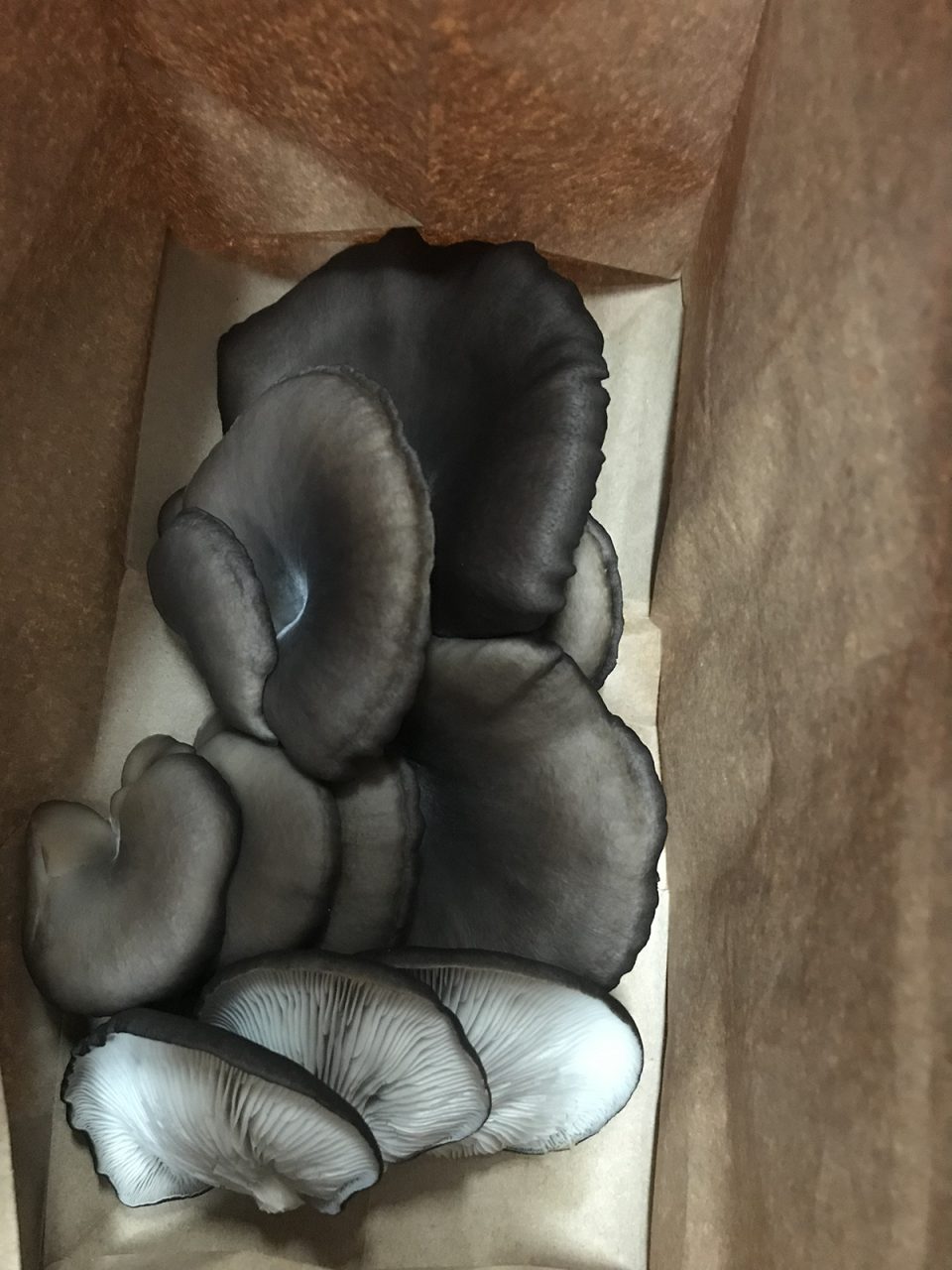
Stinkhorns, while inarguably the stinkiest of stinky toadstools, attract flies by means of a foul-smelling slime. The flies then disperse the sticky, stinky, stinkhorn spores. Pretty clever, huh? If you’ve ever walked the trail at Fort Macon, you’ve likely come across these, whether you realized what it was or just figured some critter had crawled off into the scrub and died.
Related to earthstars and puffballs, stinkhorns usually start out as a white, egg-like toadstools before some of them morph into a salmon- or orange-colored Halloween decoration. Stinkhorns can be found in a range of sizes, shapes and colors, and they have the most interesting names.
Part of the scientifically called Phallaceae family — and yes, that’s exactly what some of them look like — this could be where people get the ideas for monsters and aliens. Devil’s fingers, or Clathrus archeri, look like black-tipped orange fingers erupting from the ground. Veiled lady, or Phallus indusiatus, looks like a ghostly bride. It’s no wonder toadstools get a bad rap.
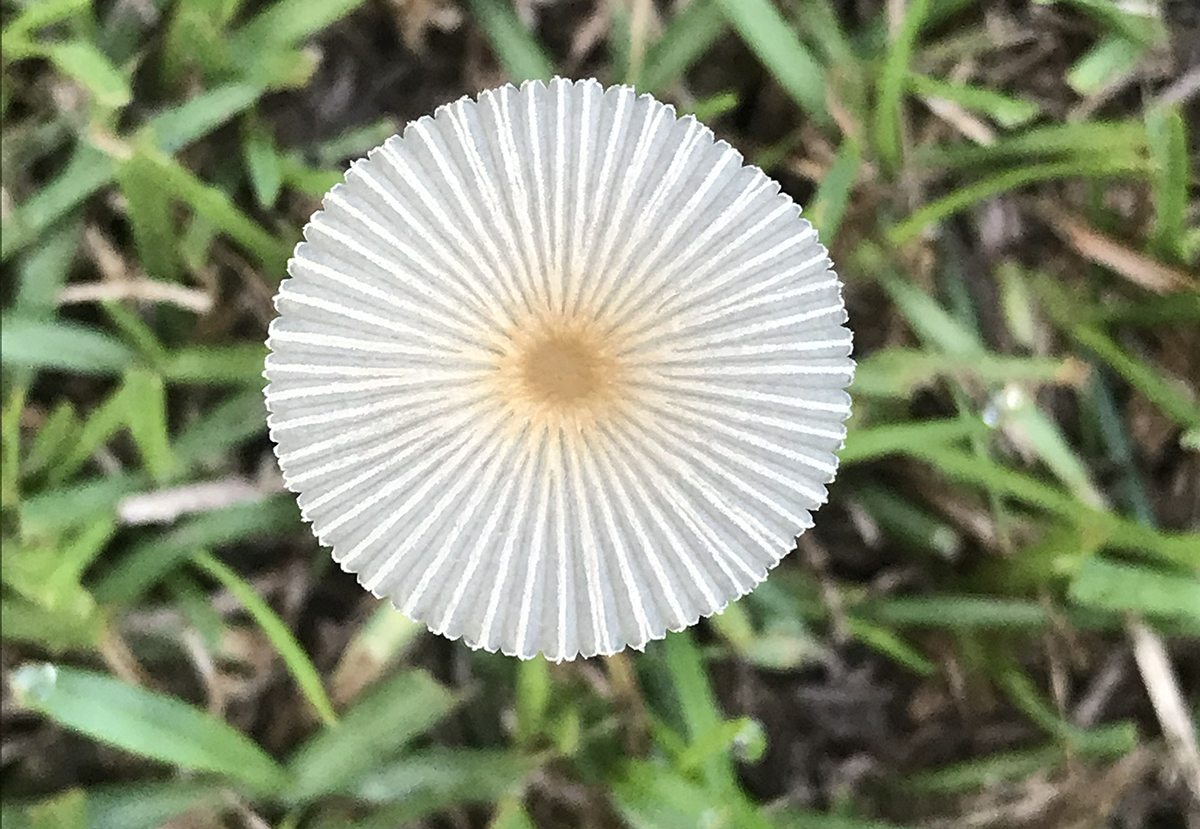
Have you ever seen a fairy ring? People used to think if you stepped inside one, the fairies would take you. Or they’d make you dance until you dropped dead. Or they’d transport you to Faerie, and you’d never get back home.
Sadly, the real reason for fairy rings is much less interesting, although still magical in its own way. The rings form because of high concentrations of nitrogen, or from decaying tree roots or other organic material. Growth begins in the center, such as around a rotted tree stump, or even where a tree used to be, and spreads outward, giving rise to the familiar circle.
Toadstools are an important food source for a variety of critters. Snails, slugs, squirrels, deer, rodents, turtles, and insects. Some critters even develop a tolerance for poisons present in the toadstools, poisons that would kill humans.
Toadstools have been used for thousands of years medicinally, as dyes, as poisons. For instance, fly agaric, or Amanita muscaria, with its iconic red cap and white polka dots, one of the most easily recognizable toadstools worldwide, has been used for centuries to kill flies. Not sure of the exact process, but basically people would sprinkle fly agaric in milk. Living on a farm with its attendant livestock and ensuing manure, or in a town with less-than-desirable trash and sewage practices, one can see where fly agaric would be highly valued.
Mushrooms have been adding culinary joy — for those who like them — to meals for probably those same thousands of years. While some people don’t like the taste or texture, mushrooms have countless uses in addition to food. Medicines, tinctures, flavoring, even mycoremediation, a fancy word for removing or degrading contaminants from or in the environment.
Toadstool names are as intriguing as the actual toadstools: ink caps, fly agaric, Indian pipes. Same is true for mushrooms: morels, bolete, lion’s mane.
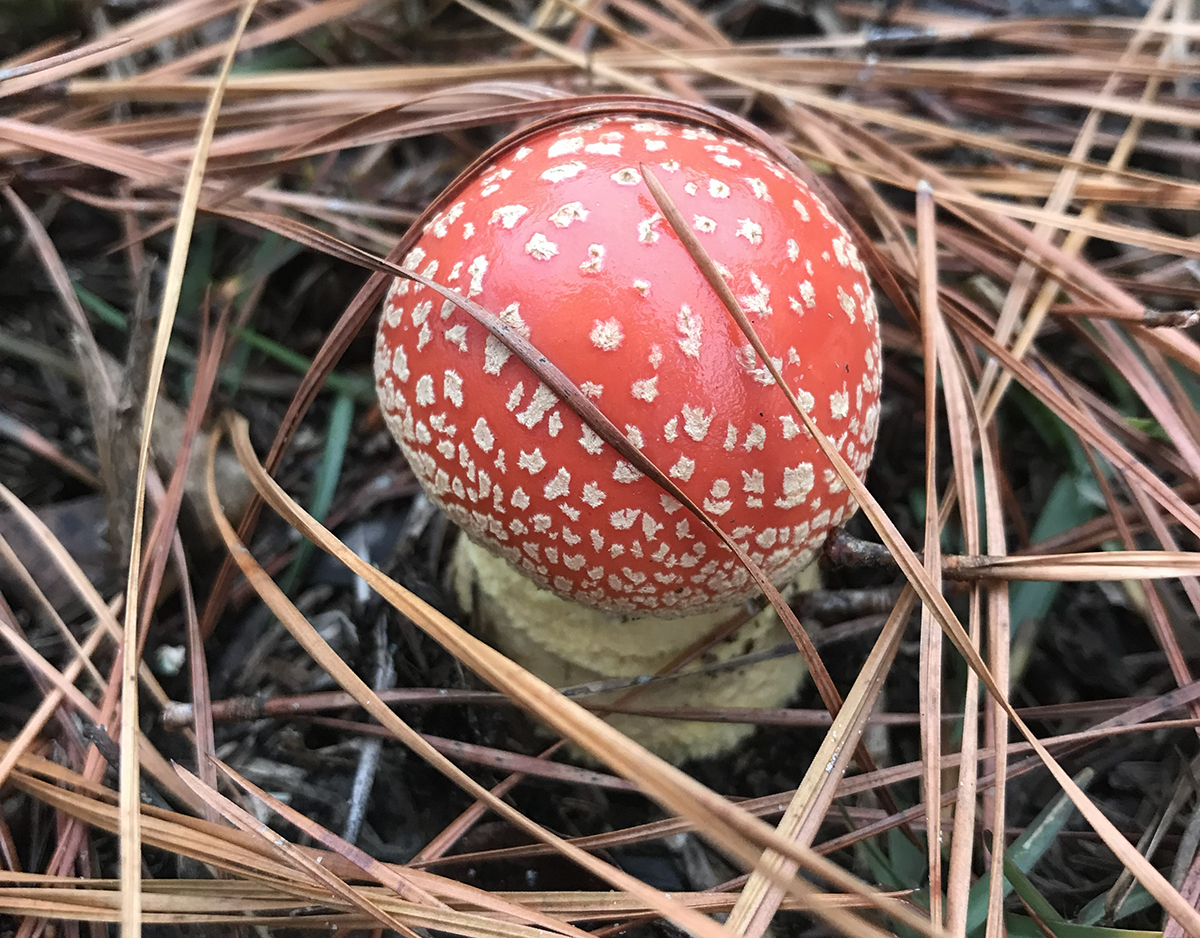
While some mushrooms, morels or lion’s mane or chicken of the woods can be foraged naturally, above all, use caution and know what you’re doing. Interesting side note: when the American chestnuts were dying out, morels, or Morchella esculenta, could be picked up by the wagonloads. Think buckboard, not RadioFlyer. Sensing the tree’s imminent demise, the morels would produce mushrooms in abundance to produce spores to ensure the species’ survival.
Different mushrooms grow best around different trees and can often be located by finding the right trees or habitats.
Look up, not down! Morels like moist woodlands and can often be found around decaying elm, ash sycamore, or even old apple trees. Lion’s mane, or Hericium erinaceus, grows on hardwoods, such as oak and maple. Chicken of the woods, or Laetiporus sulphureus, grows on hardwoods, both living and dead.
If you like to eat mushrooms, and prefer to use trusted sources other than stores — or death-defying guesstimating — shoutout to Jamie’s Mushroom Farm in Havelock.
Jamie grows amazing mushrooms, and it’s an infinitely interesting process. You can get them fresh or dehydrated, and they are scrumptious!



